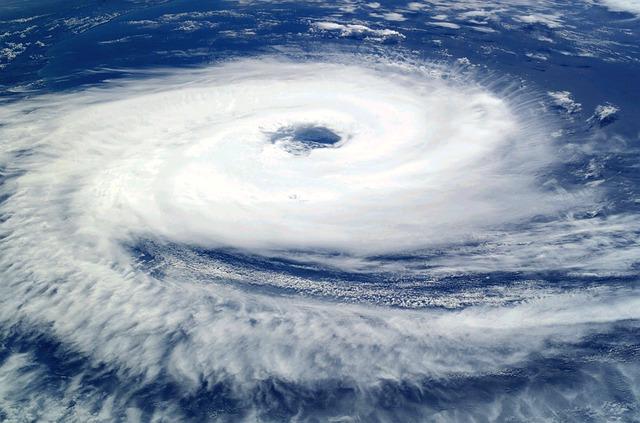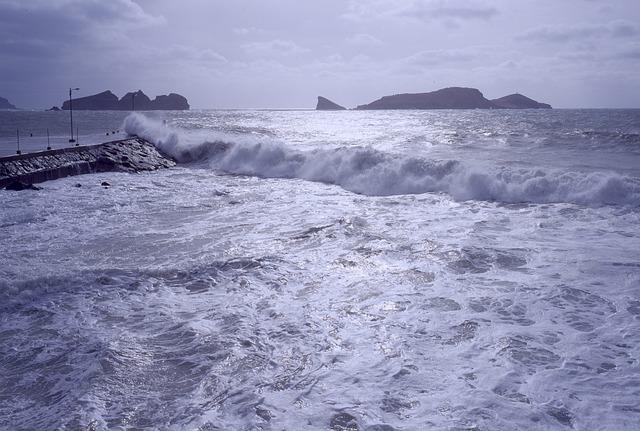- Introduction
- Typhoon Haiyan's Path of Destruction
- Impact on Communities
- Recovery Efforts
- Lessons Learned
- Conclusion
- FAQs
Introduction
Typhoon Haiyan, known as Yolanda in the Philippines, struck in November 2013 and left a trail of devastation in its wake. This catastrophic event had far-reaching impacts on communities, infrastructure, and the environment.
Typhoon Haiyan's Path of Destruction
As one of the strongest typhoons ever recorded, Typhoon Haiyan formed in the Pacific Ocean and rapidly intensified before making landfall in the Philippines. The storm brought with it powerful winds exceeding 200 mph and torrential rain, causing widespread destruction as it moved across the region.

(Image: Pixabay/@WikiImages)
The path of destruction left by Typhoon Haiyan was immense, with entire villages and cities decimated. Homes were flattened, infrastructure destroyed, and livelihoods lost. The sheer force of the storm devastated everything in its way, leaving communities grappling with the aftermath.
The impact of Typhoon Haiyan was felt not only in the Philippines but also in neighboring countries, emphasizing the need for effective disaster preparedness and response measures to mitigate such tragedies in the future.
Impact on Communities
Communities in the affected areas bore the brunt of Typhoon Haiyan's fury, facing unimaginable challenges in the aftermath of the disaster. Families were displaced, basic services disrupted, and access to essential resources severely limited.

(Image: Pixabay/@4924546)
The social and economic impact of the typhoon was profound, with many struggling to rebuild their lives in the face of overwhelming loss. The resilience and solidarity shown by communities in the wake of such devastation were testament to the strength of the human spirit in times of adversity.
The road to recovery for these communities was long and arduous, requiring both local and international support to help them rebuild and recover from the trauma of the disaster.
Recovery Efforts
In the aftermath of Typhoon Haiyan, a massive humanitarian effort was launched to provide aid and assistance to those in need. Emergency response teams, relief organizations, and governments mobilized resources to support the affected communities and kickstart the recovery process.

(Image: Pixabay/@김경복)
Rebuilding infrastructure, restoring basic services, and ensuring the welfare of those impacted became top priorities in the recovery efforts. The resilience and determination of both the survivors and the responders played a crucial role in rebuilding the affected areas and helping people regain a sense of normalcy.
Despite the challenges faced, the collaborative efforts of various stakeholders and the unwavering support from around the world highlighted the power of solidarity in times of crisis.
Lessons Learned
Typhoon Haiyan served as a stark reminder of the destructive potential of natural disasters and underscored the importance of preparedness and resilience in the face of such events. The lessons gleaned from this tragedy prompted a reevaluation of disaster risk reduction strategies and policies to enhance future response and recovery efforts.

(Image: Pixabay/@sweetlouise)
The disaster also highlighted the need for sustainable development practices that prioritize climate resilience and mitigation measures to reduce vulnerabilities in at-risk communities. By learning from past experiences, societies can better equip themselves to cope with and overcome the challenges posed by climate-related disasters.
Conclusion
Typhoon Haiyan's path of destruction serves as a somber reminder of the immense power of nature and the fragility of human settlements in the face of extreme weather events. The resilience and solidarity demonstrated by communities in the aftermath of the disaster exemplify the strength and perseverance of the human spirit in times of adversity.
While the road to recovery may be long and challenging, the lessons learned from Typhoon Haiyan pave the way for more resilient and prepared communities in the future.
FAQs
What were the main impacts of Typhoon Haiyan?
Typhoon Haiyan caused widespread destruction, displacing thousands of families, disrupting essential services, and leading to a significant loss of life. The storm's impact on communities, infrastructure, and the environment was devastating.
How did recovery efforts unfold after Typhoon Haiyan?
After Typhoon Haiyan, various humanitarian organizations and governments collaborated to provide aid and support to affected communities. Recovery efforts focused on rebuilding infrastructure, restoring services, and assisting those in need to recover from the disaster.

